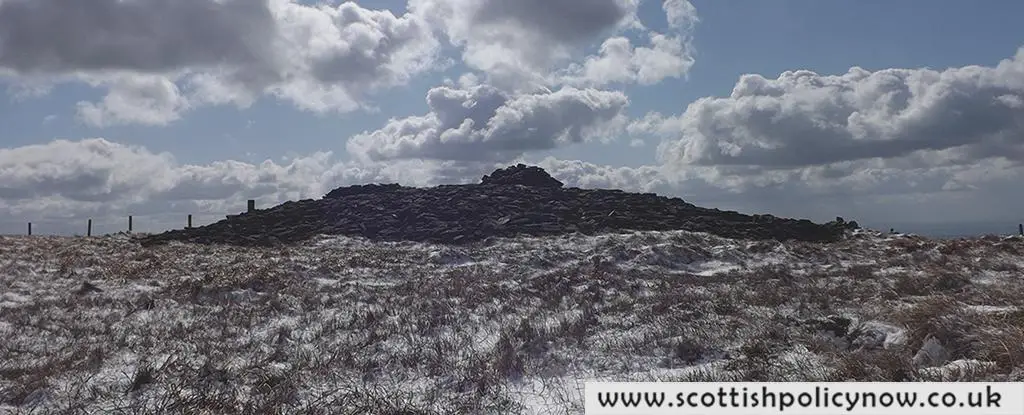A survey of the Baltinglass landscape in Ireland has uncovered the first group of rare and mysterious Neolithic cursus monuments to be found in the country.
While common in the British Isles, only about 20 of these extremely elongated, narrow trenches had been identified in Ireland before this recent discovery. Even then, they were typically uncovered in isolation or in pairs.
Now, five cursus monuments have been found together, providing experts with a unique opportunity to explore their purpose.

The term ‘cursus’ originates from early speculation that the trenches might have been courses for Roman chariots. However, as more of these structures have been unearthed, generally near other great monuments like Stonehenge, their purpose has remained unclear.
Most cursus monuments were constructed between 4000 and 2400 BCE. They were dug into the ground with few internal features, although some had wooden posts added later. This limited evidence has made it difficult for archaeologists to determine their exact use.
James O’Driscoll, an archaeologist from the University of Aberdeen in the UK, conducted a survey of the Baltinglass area using LIDAR technology. This technique uses laser pulses to map the landscape, revealing shapes and patterns otherwise hidden by centuries of weathering and agricultural activity.
Five of these shapes are likely cursus monuments, the first to be discovered in this region, which is already known for its archaeological significance. The longest measures 427 meters (1,401 feet) in length.
“Their unique morphology, location, and orientation offer insights into the ritual and ceremonial aspects of the farming communities that inhabited the Baltinglass landscape and hint at the variability in the form and possible functions of these monuments for early farming communities,” writes O’Driscoll in his published paper.
While there’s limited evidence on how these cursus monuments were used, O’Driscoll suggests several clues: their location near known burial sites, their orientation with the Sun’s path, and their alignment with hills and valleys.
As noted in previous studies, these clues suggest the cursus monuments might have been used for transporting the dead to burial sites, possibly during funeral processions. In some instances, the cemetery sites would not have been visible until the procession reached the end of the cursus, which could have been intentional.
“The cursus may have directed the traveler toward their final resting place in a burial monument, which, at Baltinglass, lay deliberately just out of sight of the living processing within or alongside the cursus,” writes O’Driscoll.
At the beginning of the western European Neolithic era (around 7000 BCE), communal structures began to appear, bringing together previously scattered groups of people. These larger complexes, including the cursus monuments, would have required significant time, effort, and resources, suggesting a broader communal function.
“Further analysis of the Baltinglass cursus monuments, as well as Irish examples more broadly, holds great potential for understanding Middle Neolithic ritual and ceremonial practices,” writes O’Driscoll.
The research was published in Antiquity.








